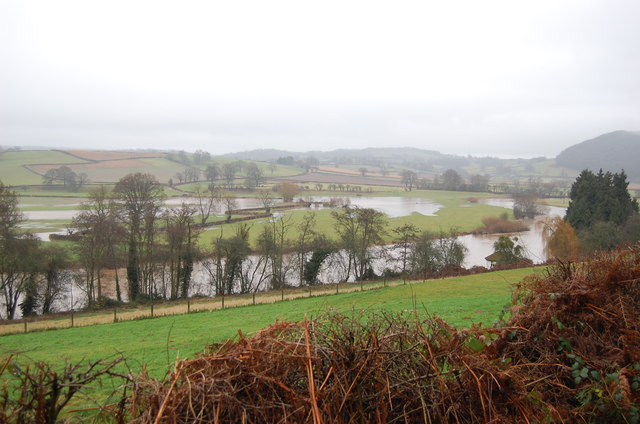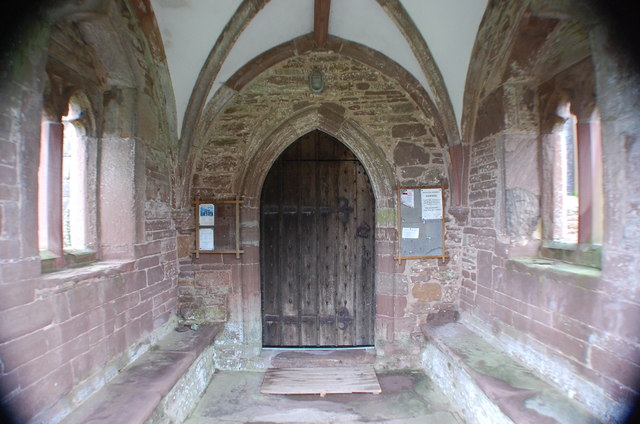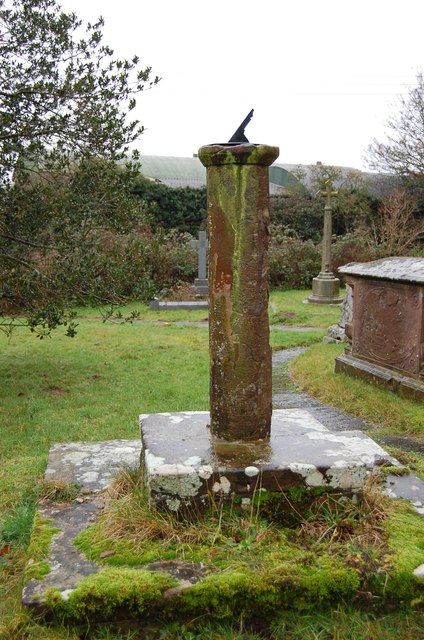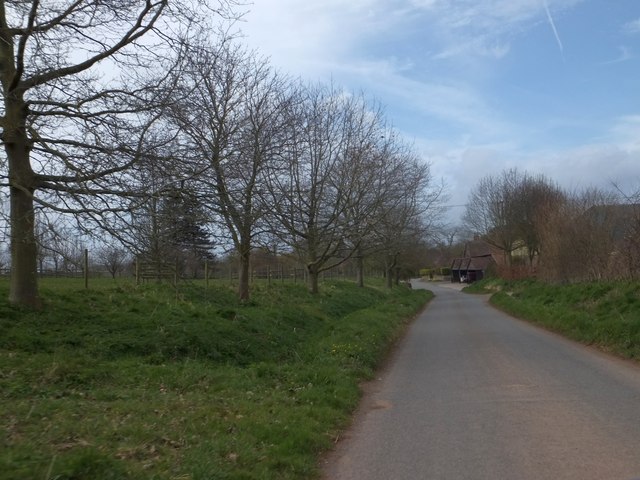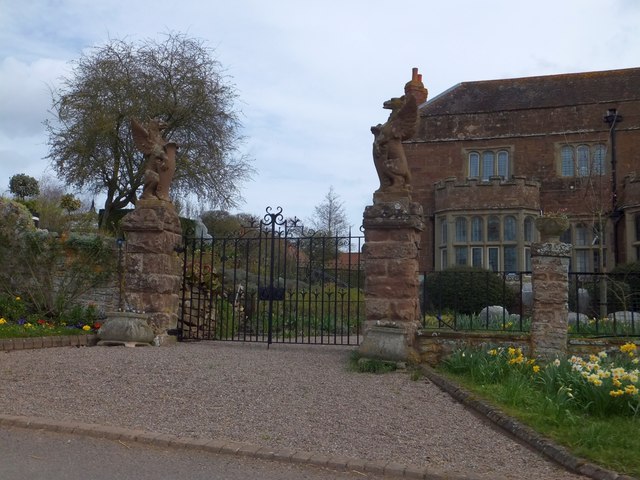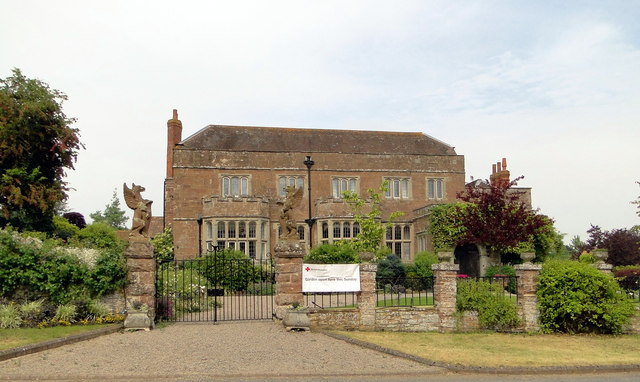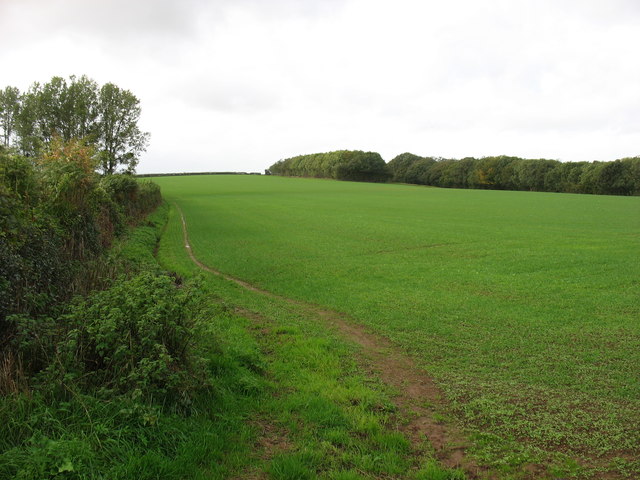Whitethorn Wood
Wood, Forest in Herefordshire
England
Whitethorn Wood
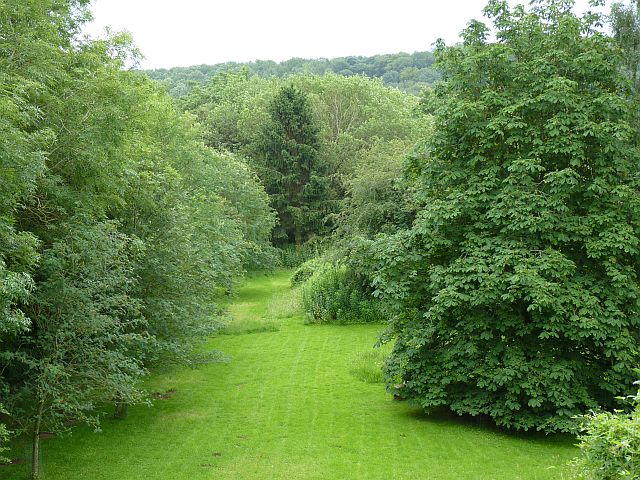
Whitethorn Wood is a picturesque forest located in Herefordshire, a county in the West Midlands region of England. Situated amidst rolling hills and lush green meadows, the wood is known for its serene beauty and abundant wildlife.
Covering an area of approximately 100 acres, Whitethorn Wood is predominantly made up of oak and beech trees, which create a dense canopy that provides shade and shelter to the various species that call the forest home. The woodland floor is carpeted with a diverse array of wildflowers, including bluebells, primroses, and wood anemones, creating a vibrant and colorful tapestry during the spring months.
The forest is crisscrossed by a network of well-maintained footpaths, allowing visitors to explore its hidden corners and enjoy its tranquil atmosphere. As they wander through the wood, visitors may encounter a variety of native wildlife, such as deer, foxes, badgers, and an array of bird species, including woodpeckers and owls. It is also a popular spot for birdwatching enthusiasts, who come to observe the resident and migratory birds that inhabit the area.
Whitethorn Wood offers a peaceful retreat for those seeking solace in nature, with its quiet surroundings and breathtaking scenery. Visitors can engage in activities like walking, picnicking, or simply enjoying the peaceful ambiance of the forest. The wood is particularly enchanting during the autumn months when the foliage turns into a kaleidoscope of vibrant colors, making it a popular destination for nature lovers and photographers seeking to capture its beauty.
If you have any feedback on the listing, please let us know in the comments section below.
Whitethorn Wood Images
Images are sourced within 2km of 51.975662/-2.6416244 or Grid Reference SO5630. Thanks to Geograph Open Source API. All images are credited.
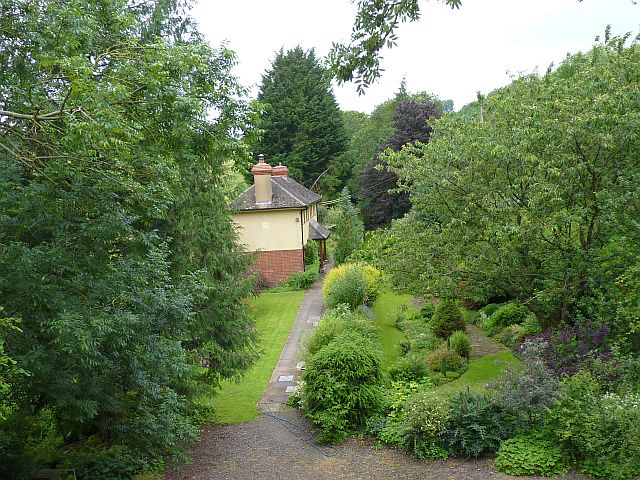
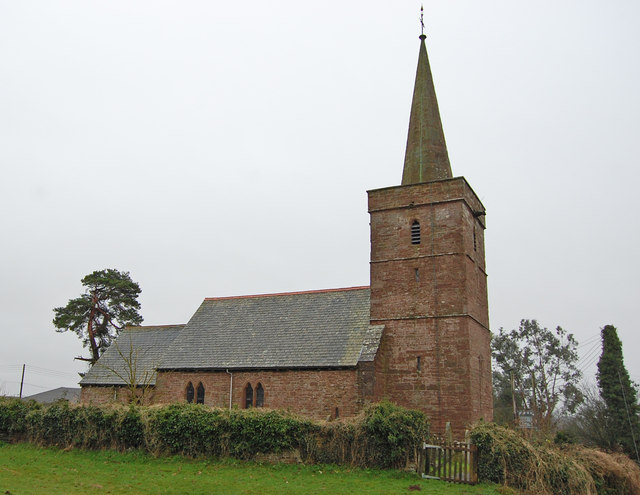
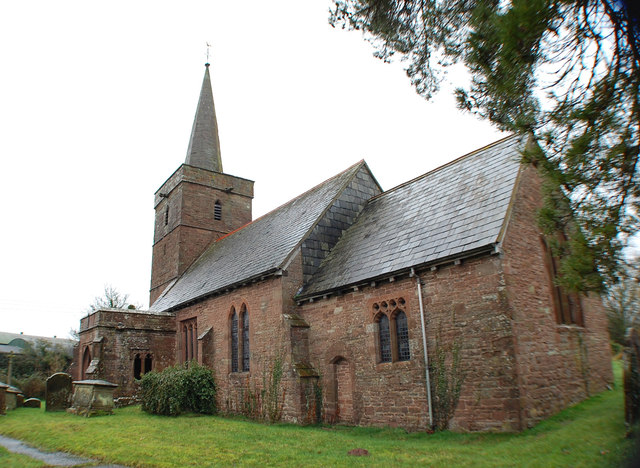
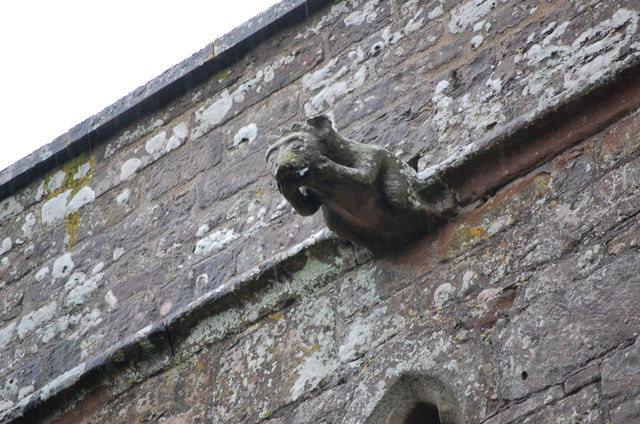




Whitethorn Wood is located at Grid Ref: SO5630 (Lat: 51.975662, Lng: -2.6416244)
Unitary Authority: County of Herefordshire
Police Authority: West Mercia
What 3 Words
///annual.bloomers.unveils. Near Sellack, Herefordshire
Nearby Locations
Related Wikis
Ballingham railway station
Ballingham railway station is a disused stone built railway station that served the villages of Ballingham and Carey in Herefordshire on the Hereford,...
Ballingham Railway Bridge
Ballingham Railway Bridge (also known as Fawley Viaduct) was a railway bridge over the River Wye, built by the Hereford, Ross and Gloucester Railway. It...
Ballingham
Ballingham is a small village of about 140 people, increasing to 181 at the 2011 Census in Herefordshire, England, situated in a loop of the River Wye...
Pen-allt
Pen-allt is a village within the parish of King's Caple in Herefordshire, England. == External links == Map sources for Pen-allt
Nearby Amenities
Located within 500m of 51.975662,-2.6416244Have you been to Whitethorn Wood?
Leave your review of Whitethorn Wood below (or comments, questions and feedback).
